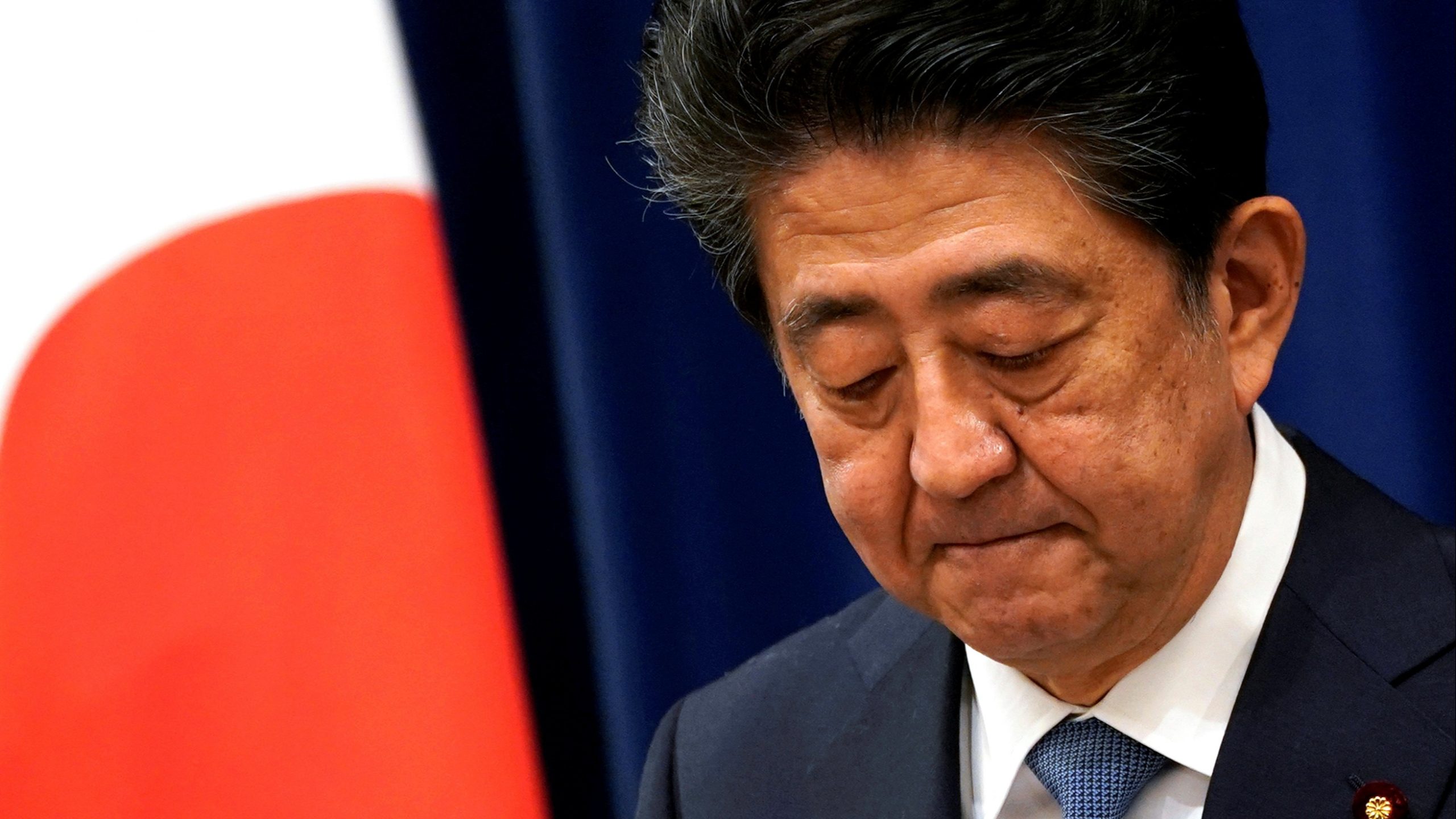Biography
Who is Shinzo Abe, the former Japanese leader

Former Japanese prime minister Shinzo Abe, one of the country’s most powerful postwar leaders, was shot Friday while attending a campaign event in Nara, near Osaka, Japanese officials said.
Abe is in critical condition, according to incumbent Prime Minister Fumio Kishida but multiple accounts say he has passed away.
A longtime fixture in Japan’s political landscape, the 67-year-old Abe served as premier for a short stint — from 2006 to 2007 — before holding the country’s highest political office again from 2012 to 2020. His centre-right Liberal Democratic Party has dominated Japanese politics since it was founded in 1955.
By the time he resigned because of illness in August 2020, Abe had become modern Japan’s longest-serving prime minister. His tenure exceeded that of his grandfather Nobusuke Kishi, who led Japan from 1957 to 1960; his father, Shintaro Abe, also served as chief cabinet secretary, often seen as the country’s second-most powerful position.
Abe sought to transform a nation protected by the American nuclear umbrella and bound by a pacifist constitution into a more assertive and internationally engaged power. He also attempted to revitalize the stagnant Japanese economy, which lost its position as Asia’s largest between his two stints in office.
Scandal marred his brief first term as prime minister. But he found more success redirecting the nation’s course after returning to power in 2012. The economic policies he pursued, dubbed “Abenomics,” were intended as shock therapy for an economy that had become stagnant after a lengthy postwar boom. Abe’s “three arrow” strategy called for a combination of monetary easing — which he convinced the Bank of Japan to support — increased government spending and other economic changes aimed at ending more than two decades of lost growth.
Debate over whether the strategy worked is not settled, though few structural changes were enacted and the cycle of hyper-low inflation was not broken.
Abe built off Japan’s long-standing security alliance with the United States, but relations with Tokyo’s closest neighbors were strained during his time in office. He bolstered right-wing nationalists by visiting the controversial Yasukuni Shrine, which honors, among others, World War II war criminals. Abe also enacted laws to allow Japan’s Self-Defense Forces to fight alongside allies overseas, in a move that alarmed South Korea and angered China.
The former premier had long-standing ambitions to amend Japan’s constitution. In particular, he saw Article 9, which renounces war and prohibits an army, as an obstacle to Tokyo’s taking on a role befitting a regional power. But despite his considerable political skills, Abe did not rally enough support to hold a referendum needed to change modern Japan’s founding document.
Abe is arguably one of postwar Japan’s most successful prime ministers, said Jeffrey J. Hall, a Japanese politics expert at the Kanda University of International Studies, citing his record of leading the LDP to numerous victories at the ballot box. But his rise to power came with the support of right-wing nationalists and spurred historical revisionism, Hall added.
In the years after he left office, Abe became a particularly vocal critic of Beijing’s assertiveness in the Indo-Pacific region. This year, Abe urged the United States to abandon its policy of strategic ambiguity toward Taiwan and commit to defending the self-governing island in event of a Chinese attack.
Japan also delivered millions of coronavirus vaccine doses to Taiwan — a transfer that Abe reportedly helped facilitate at a time when the island was struggling with a spike in infections. On Friday, Taiwanese leader Tsai Ing-wen called Abe a “good friend” and Taiwan’s “staunch ally.”
Abe was assassinated on 8 July 2022 at around 11:30 am JST while delivering a campaign speech in Nara two days before the House of Councilors election.
He was reportedly in cardiopulmonary arrest and showed no vital signs immediately after the shooting. The Metropolitan Police arrested the alleged shooter, 41 year-old Yamagami Tetsuya, for attempted murder.
Abe succumbed to his wounds on the afternoon of 8 July 2022. Abe is the fifth former Japanese prime minister to be assassinated.
Shinzo Abe was born in Tokyo to a prominent political family with significant economic influence throughout pre-war, wartime and post-war Japan. His family is originally from Yamaguchi Prefecture, and Abe’s registered residence (honseki chi) is Nagato, Yamaguchi.
His maternal grandfather Nobusuke Kishi was de facto “economic king” of occupied China and Manchukuo, a Japanese puppet state in Northern China, in the lead-up to World War II, and during the war, had served as Vice Minister of Munitions in the cabinet of Prime Minister Hideki T?j?.
At the end of the war, Kishi was imprisoned in Sugamo Prison as a suspected “Class-A” war criminal by the US military occupation of Japan, but was released and later de-purged as part of the Occupation’s “reverse course.”
In his book Utsukushii Kuni e (Toward a Beautiful Country), Abe wrote: “Some people used to point to my grandfather as a ‘Class-A war criminal suspect,’ and I felt strong repulsion. Because of that experience, I may have become emotionally attached to ‘conservatism,’ on the contrary”.
Kishi went on to help found the Liberal Democratic Party in 1955, and served as Prime Minister of Japan from 1957 to 1960.


